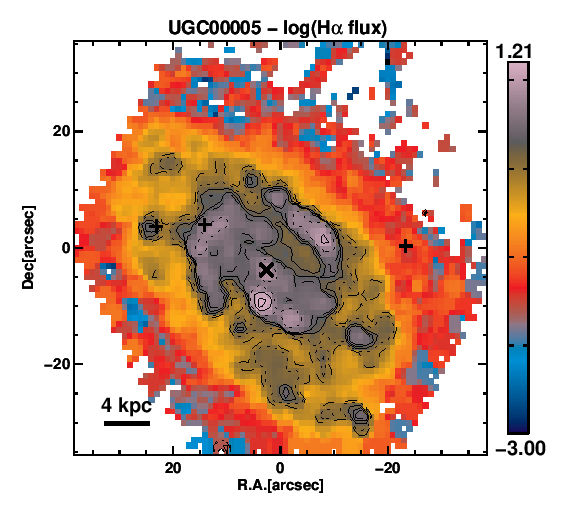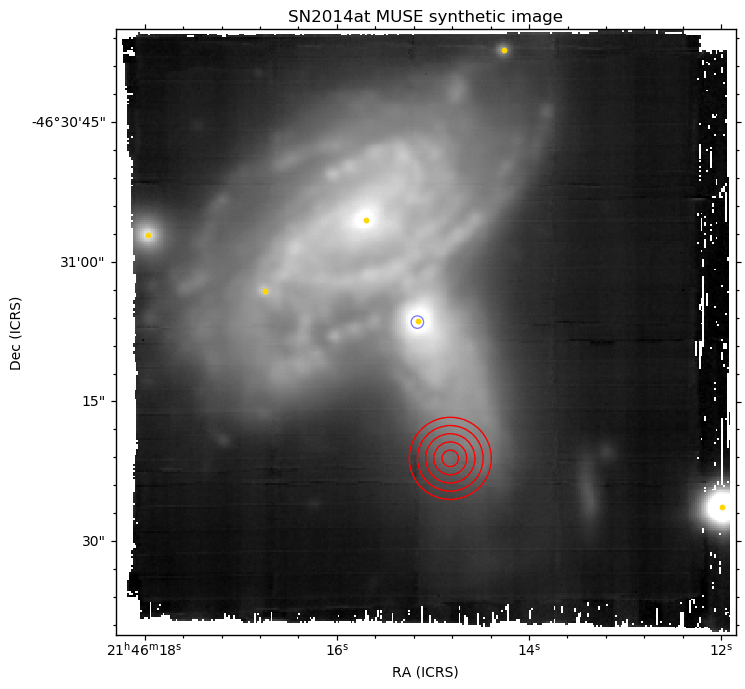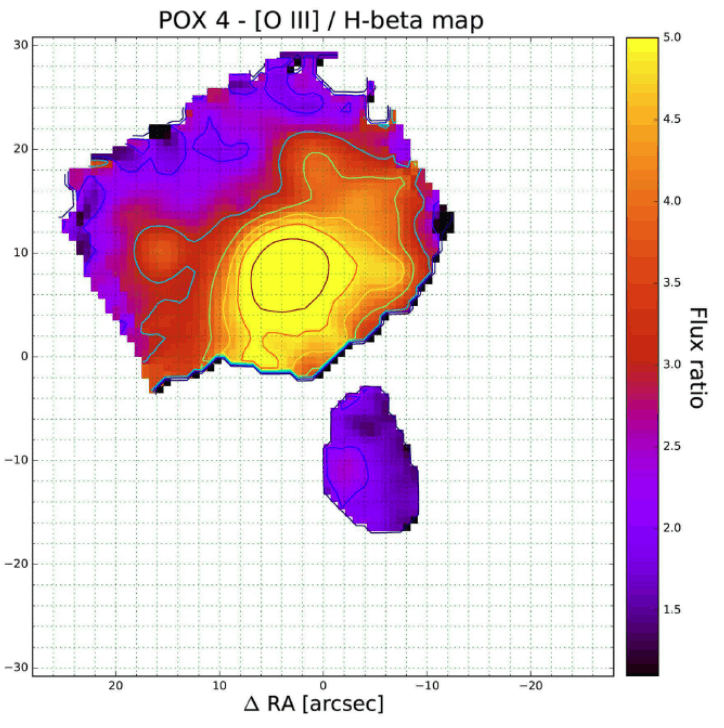Summary and goals
Supernovae are cornerstone to understand the chemical and dynamical evolution of the Universe, cosmology and fundamental physics. In spite of the great advances achieved during the last decades, key questions remain open. We propose to determine the binary fraction of progenitors of core-collapse supernovae (CC- SNe) and resolve the turn-on time of type Ia supernova (SN Ia) progenitor systems through exploiting unique trove of integral-field spectroscopy (IFS) data and by developing a new spectral synthesis model to resolve stellar age distributions from 10–200 Myr. The proposer team has access to the largest set of IFS available from the most current leading surveys: MaNGA, CALIFA, and AMUSING. We will develop a new Bayesian single stellar population fitting method which will include at the same time information of the ionized gas and UV, to help constrain the youngest stellar populations, and NIR to better disentangle the degeneracy between age and reddening by dust. We will use IFS data of around thousand galaxies and the new method to recover the star formation histories at every single observed position including the SN position, and use the method presented in Maoz et al. (2010) to recover the delay-time distribution (DTD) of both CC SN and SNe Ia and measure: (i) the shape of the late CC SN DTD tail, to check whether populations of 50–200 Myr are typically associated to CCSN locations which would prove the binary progenitor scenario; and (ii) the lower turn-on age of the SN Ia DTD, to determine the age of the youngest stars producing SNeIa. Finally, we will test the role of different star formation histories at SN Ia locations affect their precision as cosmological distance tools. This proposal is for an ambitious, competitive, and accomplishable project that will lead to significant advances in our understanding of supernova progenitors and provide a tool for wide-ranging studies of stellar populations in the new era of IFS data.




